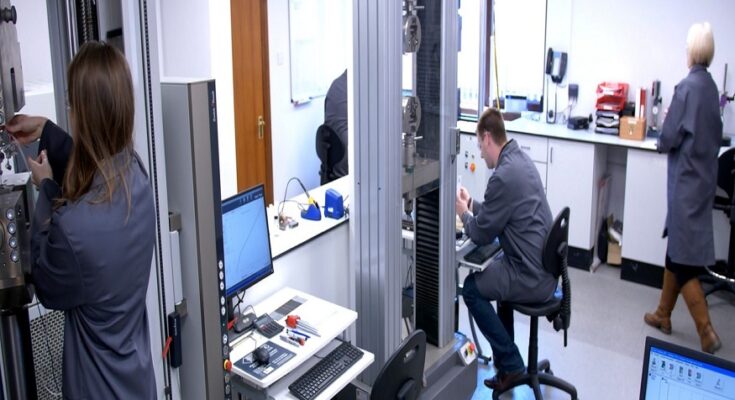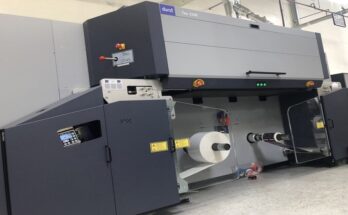Physical metal testing can be done to measure the strength and stiffness of a material. This includes Impact testing, Compressive testing, and Tensile testing. Each of these tests is critical to determining a material’s overall strength. Therefore, the results from these tests can be used in various applications, including product testing.
Tensile testing
Tensile testing is a type of physical testing Farmington Hills MI, that measures the properties of a material under tension. Several properties are directly measured during this process, including ultimate tensile strength, breaking strength, maximum elongation, and Young’s modulus. It can also determine a material’s strain-hardening properties and yield strength. In addition, this type of testing is used to determine the mechanical properties of isotropic materials, such as steel and aluminum.
Tensile testing can be carried out with different types of specimens. In the most straightforward method, a specimen comes in an elongated shape with a circular cross-section. The specimen is then clamped at either end and stretched until it breaks. These test methods are known as uniaxial tensile tests and are the basis for many of today’s standard methods. However, it’s important to note that different standards require measuring other mechanical properties. Generally, yield strength and modulus of elasticity are the most significant points of interest.
Impact testing
Impact testing is a standard method for determining the toughness of physical metals. The process involves breaking a specimen at a specific temperature. The energy absorbed by the specimen is measured in Joules. Generally, brittle metals absorb less energy than ductile metals. Several methods are used for this purpose. Two of the most common ones are the Charpy test and the Izod impact test. Both of these tests are performed using instrumented machines. Depending on the type of specimen, the Charpy test may be conducted using various specimen types.
The Izod impact test involves a different specimen arrangement, similar to the Charpy impact test. The specimen is held in a three-point bending or cantilevered beam configuration. Another type of impact testing is Instrumented Impact Testing (IIT). In this method, the material undergoes a series of tests to determine its toughness. This method mimics real-life conditions of high-speed deformation.
Compressive testing
Compressive testing is an essential process in the manufacturing process that provides reliable data about the durability and reliability of the material. These data can be used for various purposes. These tests can also help manufacturers ensure that their products meet the highest standards possible. These tests can also measure a material’s toughness and ultimate compressive strength.
The compression test can also be used to characterize damage-tolerant composites. It also provides information about the repeatability of the performance of composite materials. The test requires the use of a drop tower to generate impact.
Toxic metal testing
While heavy metals are naturally found in the environment, their levels in the body can be dangerous if they accumulate in excess. These substances can build up in organs and body tissue and affect the nervous system. This can occur from various factors, including diet, lifestyle, work environment, and chemical contact. Because of their potential to affect the human body, toxic metal testing is integral to occupational health and safety programs.
Toxic metal testing can be done using blood, urine, fingernails, and hair. Usually, a 24-hour urine sample is taken from the patient. If there is a chance of an increase in the level of heavy metals, the patient should avoid eating seafood within 48 hours of the test. Additional tests may be necessary depending on the metals being tested.




